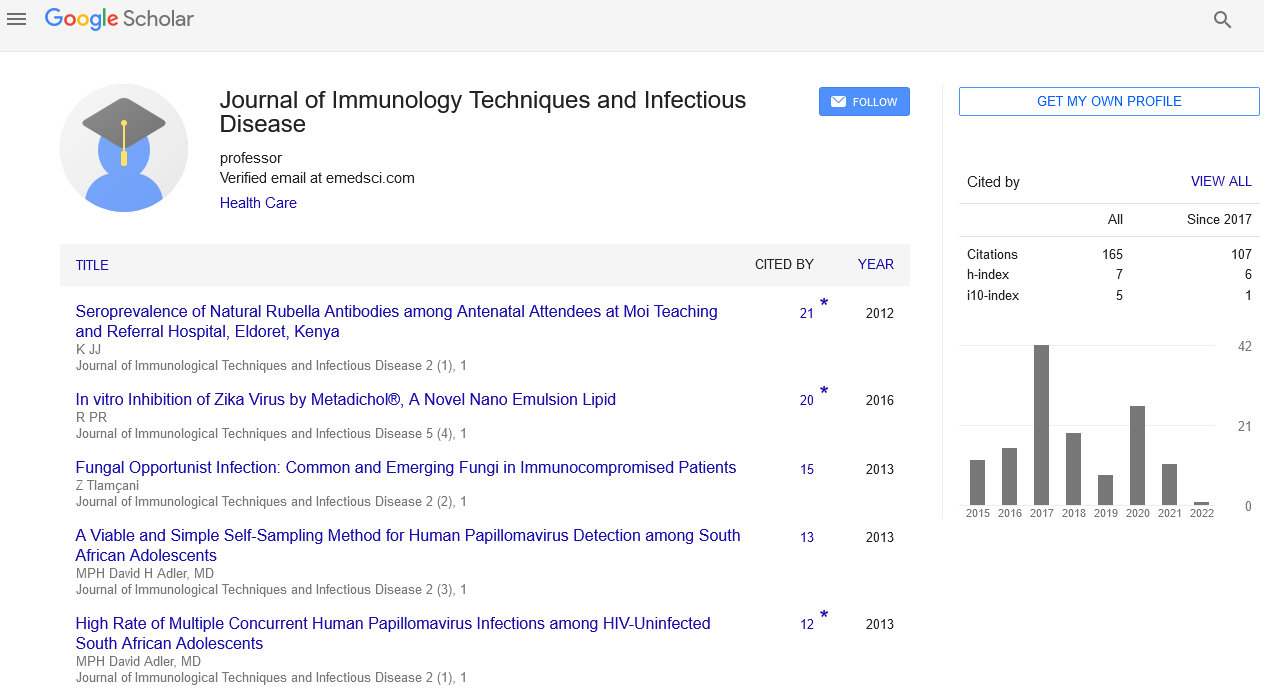The present complicated and chaotic situation of human taeniases and neurocysticercosis in Asia
Akira Ito
Asahikawa Medical University, Japan
: J Immunol Tech Infect Dis
Abstract
Background: Neurocysticercosis (NCC) due to accidental uptake of eggs of Taenia solium is common and most potentially lethal helminthic infection in developing countries where people eat pork. It is transmitted from humans (taeniasis carriers) to both humans and pigs (cysticercosis), and emerging and reemerging worldwide. Therefore, this disease is based on consumption of pork full of cysticerci under poverty and expected to be a local disease in rural and remote areas of developing countries where meat-inspection was not introduced under poverty, and was rare or not distributed in Muslim or Jewish societies in the 20 century. In addition, there are two other Taenia tapeworms distributed in Asia: Taenia saginata and Taenia asiatica. Differentiation of these two species from T. solium is not always easy, and both T. saginata and T. asiatica infect humans as intestinal tapeworms but do not cause NCC. Present Situation: Globalization with huge number of immigrants as labor and tourists has high risk to introduce NCC everywhere even in Muslim or Jewish societies or developed countries including Japan. Nonetheless, we have almost no data on the real situation in any countries due to the lack of reliable tools to detect NCC or identify the parasite. In Asia-Pacific, we have many other parasitic diseases including schistosomiasis, food- or fish-borne trematodiases, soil-transmitted helminthiases and fish-borne cestodiases or meat-borne cestodiases caused by the two other species (Ito and Budke 2014. Travel Med Infect Dis 12, 582-591). In any areas where we are facing these parasitic diseases, we are simultaneously facing unexpected outbreaks of asymptomatic NCC with sudden death after chemotherapy of more common helminthic diseases. In this presentation, the present situation of NCC caused by eggs of T. solium in Asia, most neglected among the WHO’s 17 neglected tropical diseases, are overviewed. The background information on the reason why it is neglected is stressed. Molecular identification of the species and serology for detection of cysticercosis in humans and pigs are discussed. It is urgent to establish highly reliable tools for detection of pigs infected with T. solium and strengthen sustainable education towards the control of NCC.
Biography
E mail: akiraito@asahikawa-med.ac.jp
 Spanish
Spanish  Chinese
Chinese  Russian
Russian  German
German  French
French  Japanese
Japanese  Portuguese
Portuguese  Hindi
Hindi 
